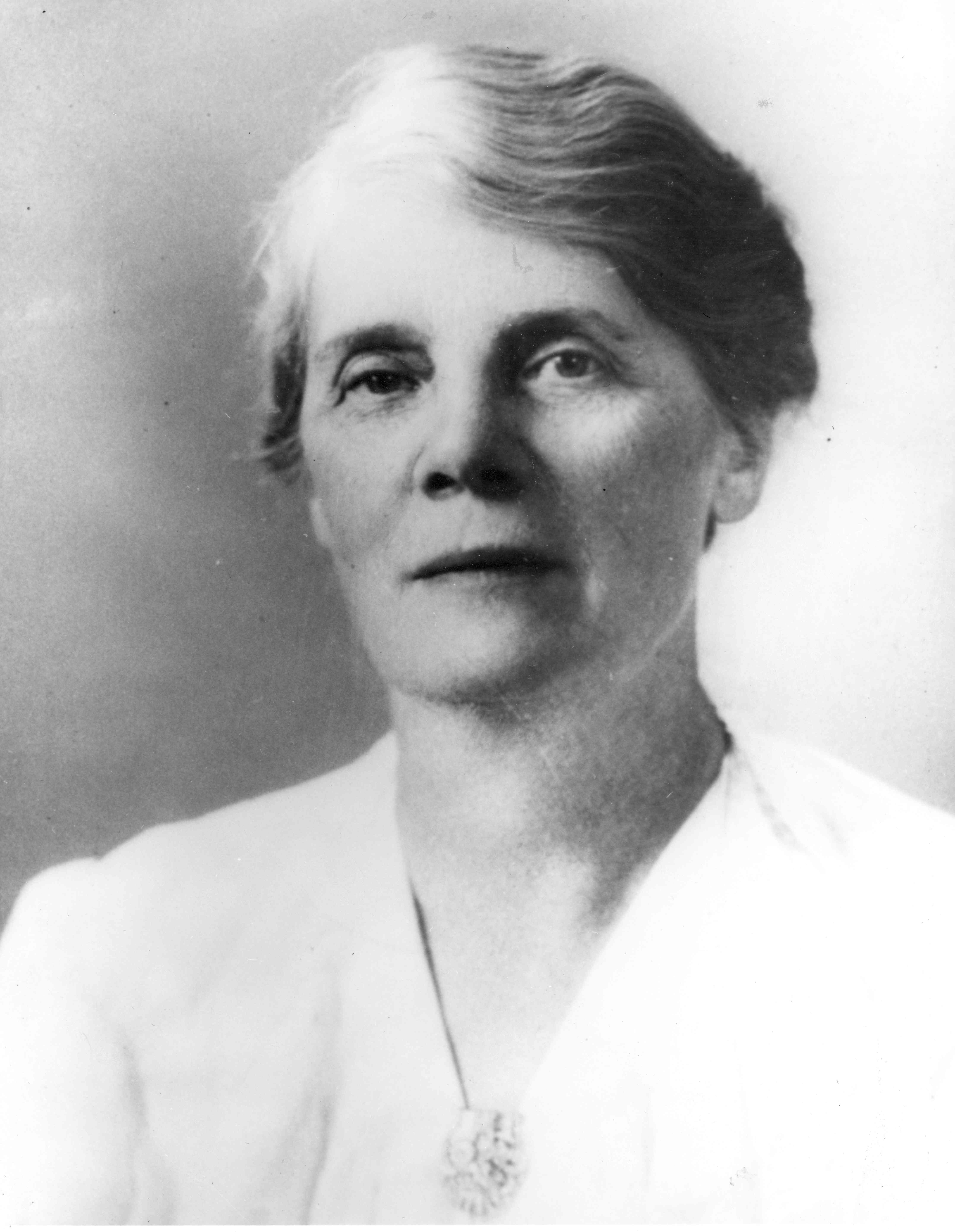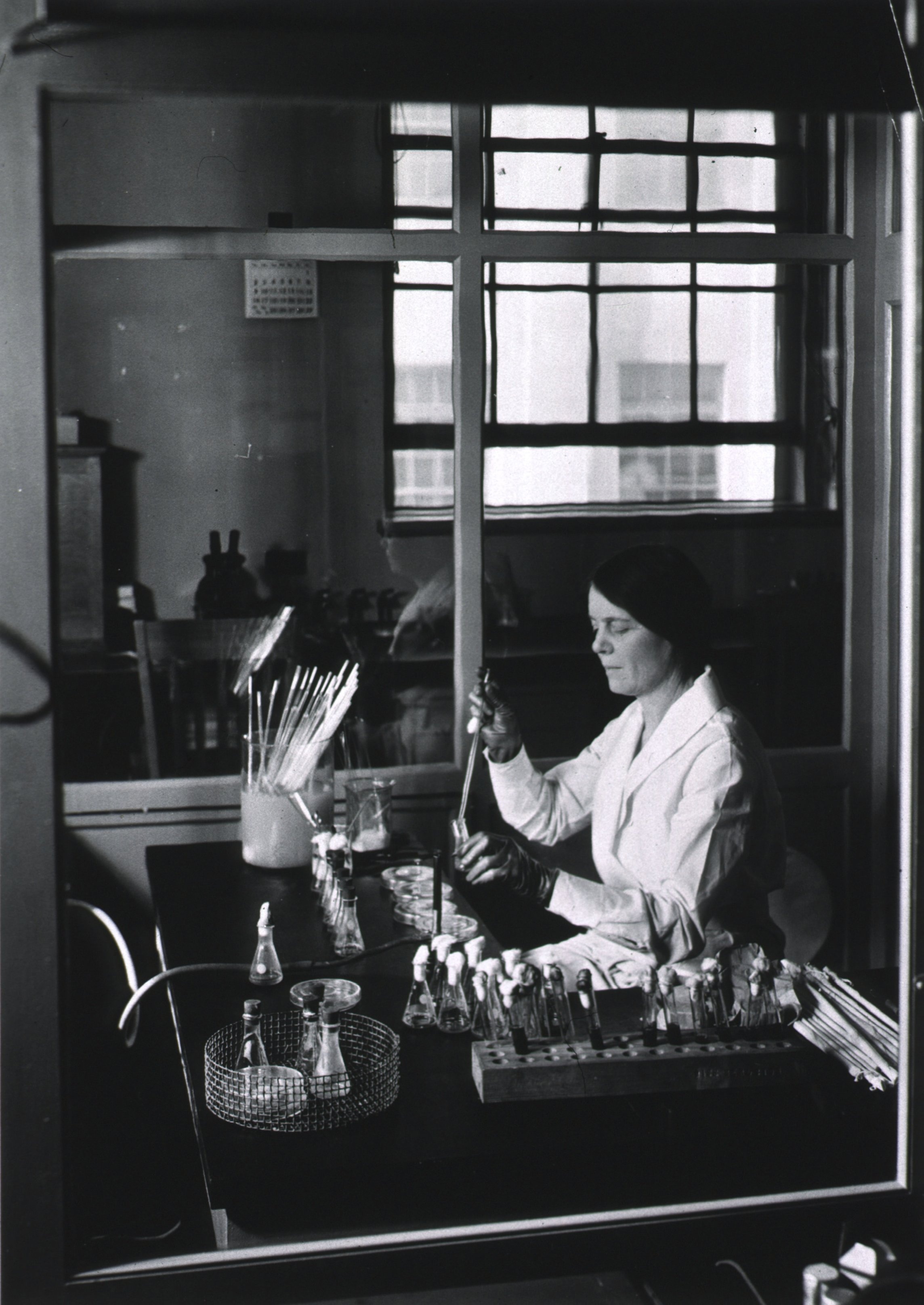Ida Albertina Bengtson (1881–1952)
| Excerpt | |||||||||||||||||||||||||
|---|---|---|---|---|---|---|---|---|---|---|---|---|---|---|---|---|---|---|---|---|---|---|---|---|---|
| |||||||||||||||||||||||||
|
Biography
| Dive | |||||||||||||||||||||
|---|---|---|---|---|---|---|---|---|---|---|---|---|---|---|---|---|---|---|---|---|---|
| |||||||||||||||||||||
|
Resources
Journal Sources:
Bengston IAIda A., Topping, NHNorman H. "Complete Fixation in n Rickettsial Disease. Am J American Journal of Public Health 32, no. 1942 Jan;32(11 (Jan 1942): 48-58. https://ajph.aphapublications.org/doi/pdf/10.2105/AJPH.32.1.48
Bengtson, Ida A. “Complement Bengtson IA. Complement Fixation in “Q’ Fever. Exp Biol Med. 1941;46(4):665-8. ” Proceedings of the Society for Experimental Biology and Medicine 46, no. 4 (April 1941): 665–68. https://doi.org/10.3181/00379727-46-12098.
Bengtson, Ida A. "Bengtson IA. Complement Fixation in Endemic Typhus Fever." Public Health Reports (1896-1970) 56, no. 13 (1941 Mar;56(13): 649-66161. https://doi.org/10.2307/4583675.
Bengtson IA, Ida A. "Preliminary Note on a Toxin-Producing Anaerobe Isolated from the Larvæ of Lucilia Cæsar. Public " Public Health Reports (1896-1970) 37, no. 4 (1922 Jan;37(4): 164-17070. https://doi.org/10.2307/4576258.
Bengtson, Ida A. "Bengtson IA. (1945). Apparent Serological Heterogeneity among Strains of Tsutsugamushi Disease (Scrub Typhus)." Public Health Reports (1896-1970) 60, no. 50 (1945 Dec; 60(50): 1483-8.488. https://doi.org/10.2307/4585496
Available Files
The image files below are in the highest resolution available. To download the files below, right-click and "save as" to save to your desktop.
| Dive | |||||||||||||||||||||||||||||
|---|---|---|---|---|---|---|---|---|---|---|---|---|---|---|---|---|---|---|---|---|---|---|---|---|---|---|---|---|---|
| |||||||||||||||||||||||||||||
|





